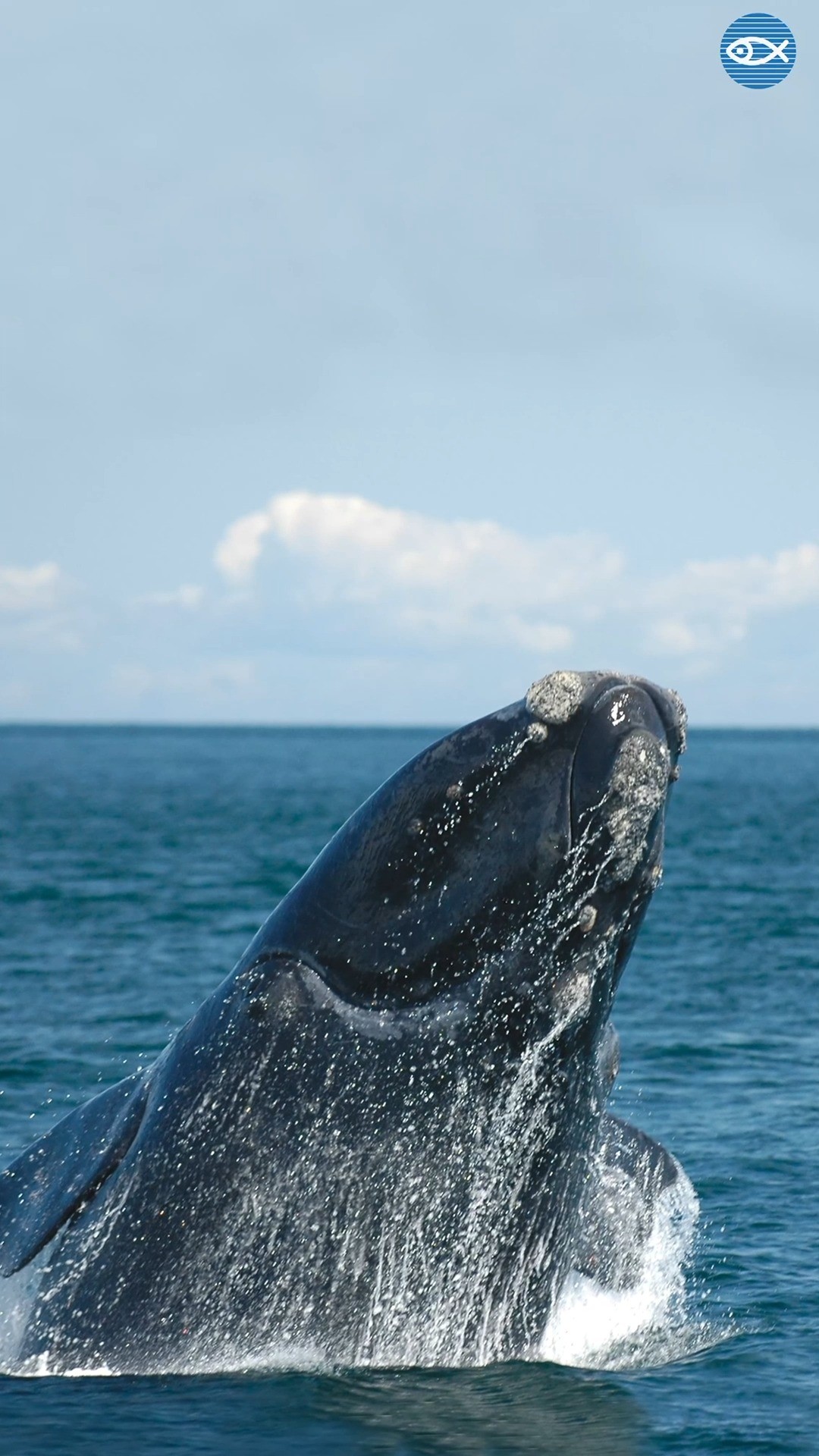What can we learn from right whale poop? A whole lot!
Whales are truly magnificent creatures that have captured the imagination of people around the world for centuries. These gentle giants of the ocean can reach lengths of up to 60 feet and weigh as much as 60 tons! While their massive size and graceful movements have fascinated scientists and nature enthusiasts alike, there is much more to learn about these fascinating creatures. One area of study that might surprise you is the study of whale poop!
Yes, you read that right! Researchers have discovered that studying the feces of right whales can provide valuable insights into their health, diet, and even the overall health of the marine ecosystem. It might seem like an unusual topic to explore, but as we delve into the unique properties and fascinating aspects of right whale poop, you’ll soon realize just how valuable this research can be.
First and foremost, a whale’s excrement, known as whale poop or fecal plumes, can give researchers valuable information about the health of these magnificent creatures. By analyzing the composition of the poop, scientists can determine if the whale is getting enough nutrients, is experiencing any digestive issues, or has been exposed to harmful toxins in the water. This information can help researchers identify and address potential threats to the well-being of right whales, ultimately contributing to their conservation.
Furthermore, right whale poop can also shed light on the diet of these marine mammals. By studying the remnants of their meals, researchers can determine what types of prey the whales feed on and how that might change over time. This information is crucial for understanding the ecological interactions between right whales and their food sources, as well as the overall health of the marine food web. Changes in diet can indicate shifts in the availability of certain prey species or disruptions in the ecosystem, providing valuable insights into the state of our oceans.
But how do scientists collect these samples? Well, it’s not as simple as scooping poop out of the water! Researchers use a variety of techniques to collect right whale fecal samples. One method involves following individual whales using small boats, patiently waiting for the perfect opportunity to collect a fresh sample as the whale surfaces to breathe. This requires incredible skill and precision, as timing is crucial. Another method involves collecting fecal plumes from the water’s surface using specialized nets. These nets are designed to capture the poop without harming the whales or the surrounding environment.
Once the samples are collected, they are sent to research institutions around the US and Canada for further analysis. The analysis involves a range of techniques, including DNA sequencing, to identify the species of prey consumed by the whales, as well as the presence of any toxins or pollutants. This level of detail allows researchers to piece together a comprehensive picture of right whale health and the state of the marine ecosystem.
Studying right whale poop not only provides insights into the whales themselves but can also have broader implications for other species and the marine environment. As right whales are considered a sentinel species, meaning they are highly sensitive to environmental changes, their health can indicate the overall health of our oceans. By understanding the factors that impact their well-being, scientists can better understand the larger ecological context and work towards preserving the delicate balance of our marine ecosystems.
It’s important to note that studying right whale poop is not limited to scientific research. Conservation efforts can also benefit from this unique field of study. By analyzing the fecal samples, researchers can identify areas where whales are feeding, allowing for the implementation of protective measures to minimize potential impacts from human activities such as shipping, fishing, or offshore development. This knowledge can help inform policy decisions and shape conservation strategies, leading to a more sustainable coexistence between humans and marine life.
So, the next time you hear about researchers collecting whale poop, don’t be quick to dismiss it as a trivial pursuit. The study of right whale feces offers a treasure trove of valuable information that can aid in conserving and managing these incredible creatures. It’s a reminder that even the most unlikely sources can hold the key to unraveling the natural world’s mysteries.
As we continue to explore and learn more about the intricate relationships between species and ecosystems, it’s clear that every piece of the puzzle matters. So the next time you see a majestic right whale breaching or gracefully gliding through the ocean, take a moment to appreciate the unseen world beneath the surface and the wonders that can be discovered in something as humble as whale poop. After all, even the unlikeliest sources can hold great secrets and help us better understand and preserve the incredible diversity of life on our planet.
*****
Source Description
What can we learn from right whale poop? A whole lot! 💩
During fieldwork, right whale researchers collect biological samples from right whales, sending them to institutions around the US and Canada for further study to see what’s happening beneath all that fat! Check out our video to learn how our scientists collect samples on the water and why their work is so important.

